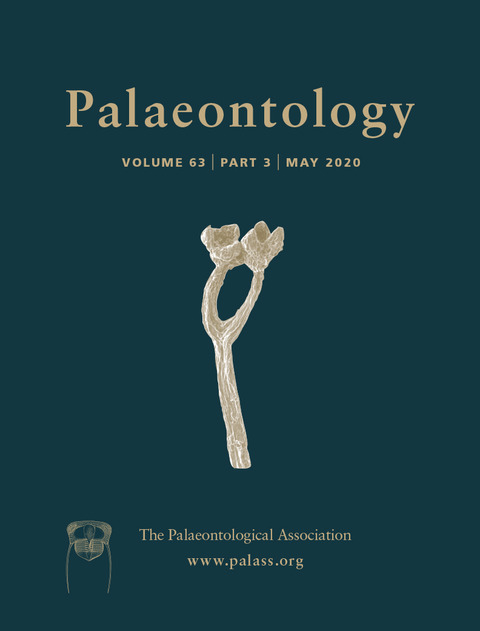Reg. Charity No. 1168330

Konservat‐Lagerstätten are seen as snapshots of past biodiversity for a given location and time. However, processes leading to the exceptional morphological preservation of fossils in these deposits remain incompletely understood. This results in a deficient assessment of taphonomic biases and limits the robustness/relevance of palaeobiological reconstructions. Here, we report the mineralogical characterization of crustacean fossils preserved within carbonate‐rich concretions from the Jurassic Konservat‐Lagerstätte of La Voulte‐sur‐Rhône (Ardèche, France). The combination of SEM‐EDS, TEM, synchrotron‐based XRF, XRD and XANES allows the mineralogical phases composing these fossils (i.e. fluorapatite, Fe‐sulfides (pyrite, pyrrhotite) and Mg‐calcite) and the surrounding matrix (i.e. Mg‐calcite, clays and detrital silicates) to be identified. Fluorapatite and pyrite (and pyrrhotite) precipitated during decay under anoxic conditions, replacing delicate organic structures and preserving anatomical details. These mineral structures were subsequently consolidated by a Mg‐calcite cement. Of note, histologically similar tissues were replaced by the same mineral phases, confirming that fossilization (in La Voulte) occurred rapidly enough to be influenced by tissue composition. Altogether, the present study shows that exceptional preservation requires fast biodegradation, thereby confirming recent experimental evidence.